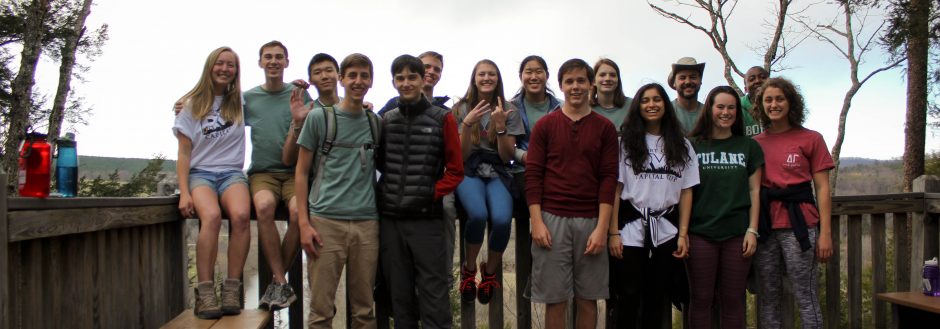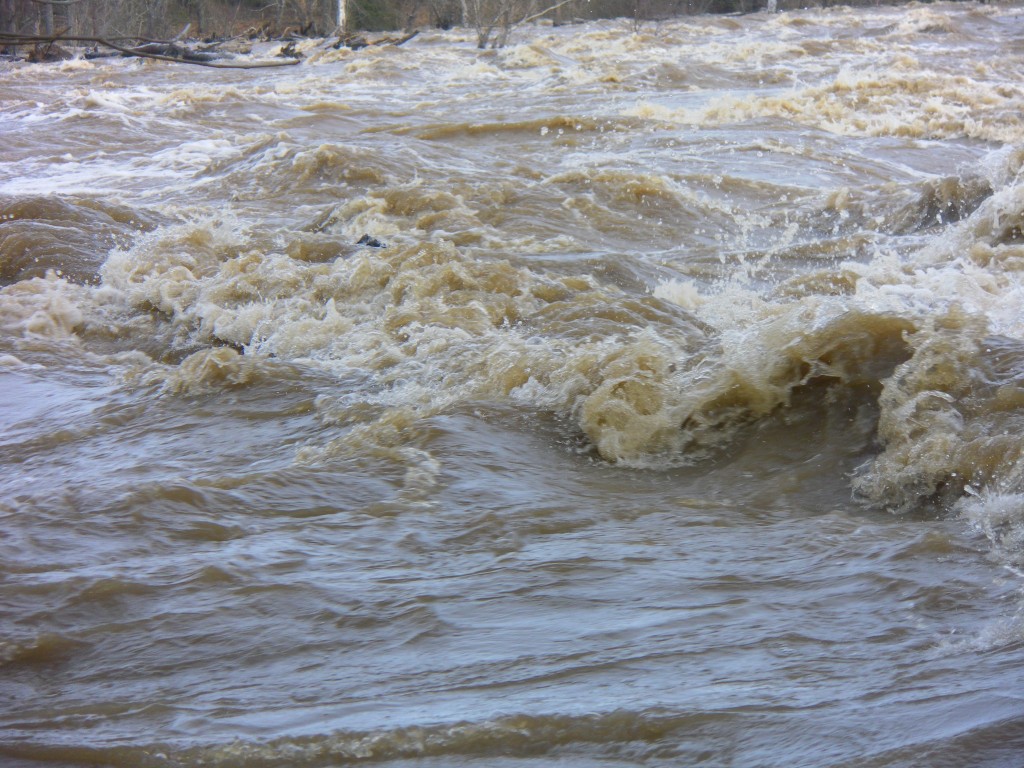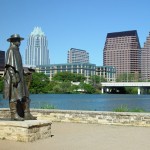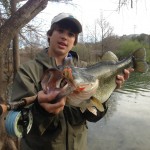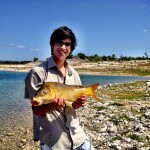Getting the chance to interact with the James River and learn about its connection to the city of Richmond has inspired me to look more closely at the relationship between the Mississippi River and the city of Minneapolis.
The Mississippi in relation to the James is much larger, and its watershed covers a comparatively vast area, but still, the cities of Minneapolis and Richmond are both located, similarly, strategically upriver from where they empty into their respective oceans. And both no doubt owe their existence and survival to those rivers.
I was initially surprised at how long it took me to realize how similar, at least geographically, the cities of Minneapolis and Richmond are located in relation to their respective rivers. If you compare the satellite images of Richmond and Minneapolis, they almost seem like mirror images of each other; the heart of Richmond is located on the north bank of the James, while central Minneapolis is on the southward bank of the Mississippi. After really thinking about it, though, I began to realize why I had not immediately been reminded of the Mississippi when spending time on the James in the middle of Richmond.
I don’t live in the city of Minneapolis, (I live some fifteen or so miles away), so that could explain why I didn’t recognize the connection between city and river in Minneapolis more readily than I did in Richmond. However, the more important reason that I didn’t immediately recognize the similarity between Richmond and Minneapolis is that the Mississippi just doesn’t seem to have as much importance to the city that it runs through, at least to my mind. The Mississippi flowing through Minneapolis doesn’t seem to be such a central part of the city compared to the James flowing through Richmond. The James seems to give Richmond an identity and a sort of vitality. The Mississippi seems to do neither of those things for Minneapolis.
I think the reason for this is that there seem to be so few opportunities to connect with the Mississippi in the heart of Minneapolis. When you go into Minneapolis and get an opportunity to look out over the river, you don’t see a mostly natural stretch of river like you do when you’re standing in Hollywood Cemetery looking out over the James. Instead you see an almost absurd number of dams and locks. There are so few places to actually experience the natural river in Minneapolis that few people do; really, the most recreation you can get out of the river in Minneapolis is by going on the bike trails that run on its banks. The Mississippi River seems to provide a vast amount of utility for Minneapolis, but not much else. Unlike the relationship between the James and the city of Richmond, the one between the Mississippi and Minneapolis lacks a certain level of human connection to the surrounding natural world. Perhaps it did at one point, but no longer. Now, after experiencing the James in Richmond, I really wish that connection was there.
